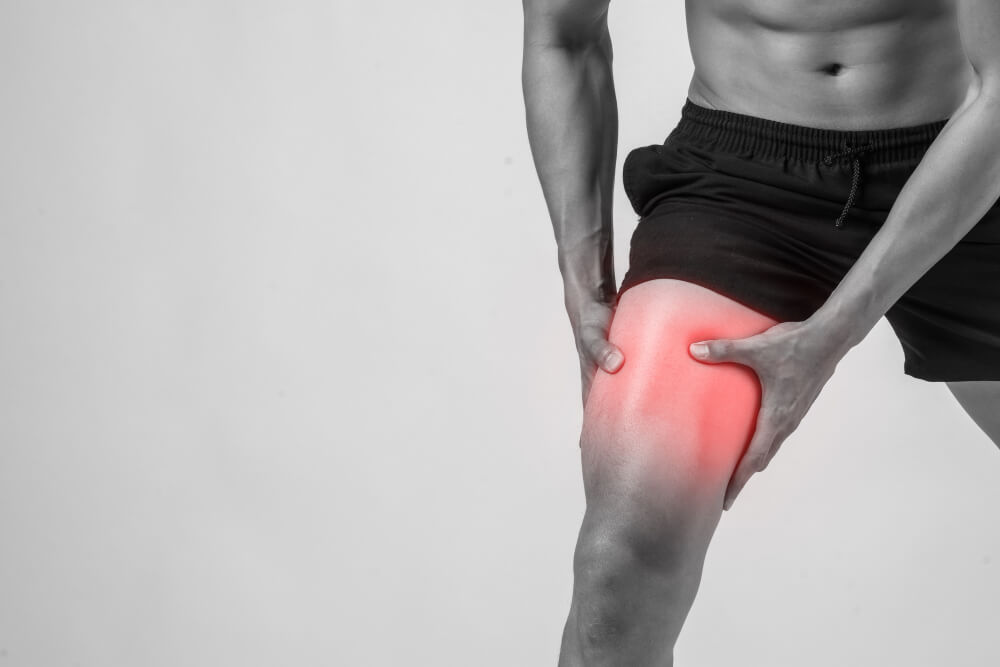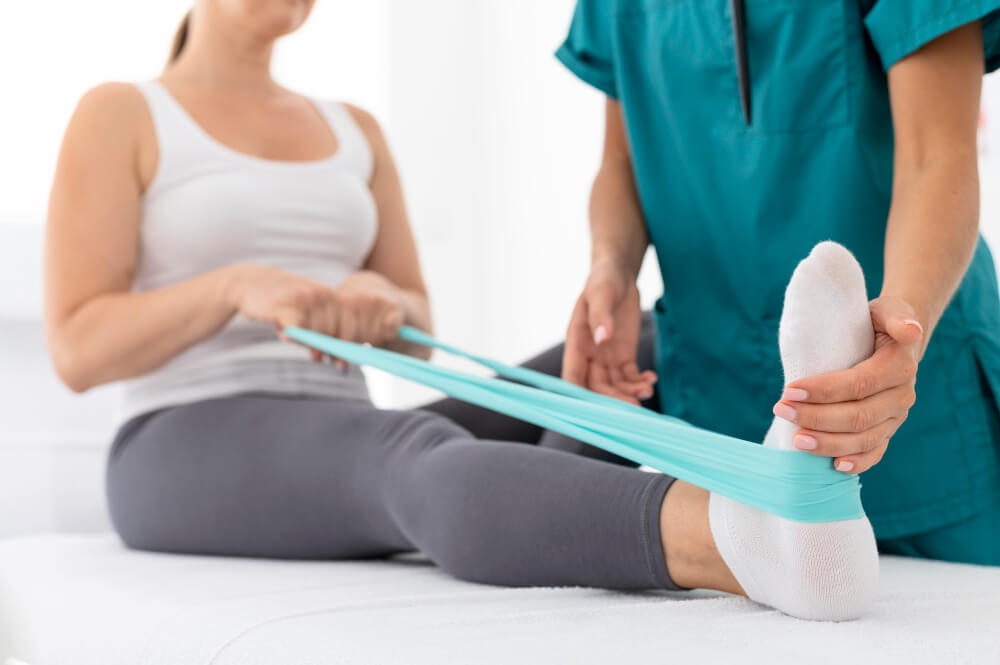Leg Pain? Decoding the Ache: How Muscle Strains Send Your Legs Crying Out
Our legs, tireless workhorses carrying us through life, can sometimes send out piercing cries for help in the form of pain. Often, the culprit behind this discomfort is a muscle strain, a sneaky injury that throws off the well-coordinated symphony of movement in our lower body. This article delves into the world of muscle strains, unveiling their causes, the symphony of symptoms they play, and a multitude of solutions to silence the ache and reclaim pain-free strides.
Unmasking the Villain: Unveiling the Causes of Muscle Strain in Legs
Muscle strains in the legs can occur due to a variety of factors:
- Overuse: Repetitive strain from activities like running, jumping, or climbing stairs can overload and tear muscle fibers.
- Improper form: Incorrect technique during exercise or daily activities can put undue stress on specific muscle groups, leading to tears.
- Sudden exertion: Lifting heavy objects or making quick, forceful movements can overload unprepared muscles, causing tears.
- Muscle weakness or imbalance: Muscles that are weak or imbalanced are more susceptible to strain when stressed.
- Dehydration: Proper hydration is crucial for muscle function. Dehydration can weaken muscles and make them more prone to tears.
- Underlying conditions: Certain medical conditions like arthritis or neuropathy can increase the risk of muscle strain.
The Symphony of Symptoms: Recognizing the Chorus of Muscle Strain Pain
While pain is the main feature, muscle strain in the leg often plays a concerto of discomfort:
- Sharp or aching pain: The location of the pain usually points to the affected muscle group.
- Tenderness: Touching the injured area can be excruciating.
- Weakness: The affected muscle may feel weak or unable to exert full force.
- Stiffness: Movement may be restricted, particularly after periods of inactivity.
- Swelling or bruising: In severe cases, swelling and bruising may be present around the injured area.
Beyond Rest: A Spectrum of Solutions to Conquer Muscle Strain in Legs
Muscle strain doesn’t have to dictate your movement! A range of solutions can help manage pain, promote healing, and prevent future flare-ups:
The Early Notes: The RICE Melody of Self-Care
- Rest: Give your injured muscles the time they need to heal by avoiding activities that aggravate the pain.
- Ice: Applying ice packs for 15-20 minutes several times a day can reduce inflammation and pain.
- Compression: Wearing a compression bandage or sleeve can help control swelling and provide support.
- Elevation: Keeping your leg elevated above your heart can reduce swelling and improve circulation.
Beyond the Basics: Targeted Therapies for Persistent Pain
For more persistent pain, consulting a healthcare professional is crucial. They may recommend:
- Pain relievers: Over-the-counter medication like ibuprofen or acetaminophen can help manage pain and inflammation.
- Physical therapy: Specific exercises can strengthen muscles, improve flexibility, and prevent future injuries.
- Heat therapy: Once the initial inflammation subsides, applying heat therapy like warm compresses can improve blood flow and promote healing.
- Massage therapy: Gentle massage can help relax muscles and reduce pain.
- Injections: In rare cases, corticosteroid injections may be used to reduce inflammation and pain.
Living Beyond the Ache: Proactive Prevention and Support for Pain-Free Days
Preventing muscle strain is much easier than dealing with the pain. Here are some proactive steps you can take:
- Warm up and cool down: Prepare your muscles for activity with a proper warm-up and cool down with gentle stretches.
- Maintain good posture: Proper posture reduces strain on leg muscles.
- Strength training: Building strong muscles through strength training exercises can prevent future injuries.
- Listen to your body: Pay attention to pain signals and rest when needed.
- Stay hydrated: Drinking plenty of water keeps your muscles functioning optimally.
- Stretch regularly: Regular stretching improves flexibility and reduces the risk of muscle strain.
Conclusion: Reclaiming Your Leg’s Joyful Symphony, One Step at a Time
Muscle strain in the leg may temporarily disrupt your stride, but understanding its causes, recognizing the symphony of symptoms, and exploring the diverse range of solutions can silence the ache and restore your joyful movement. Remember, early intervention, proactive prevention, and a collaborative approach with your healthcare professional are key to reclaiming pain-free days and embracing the music of your legs carrying you towards a well-being adventure.


